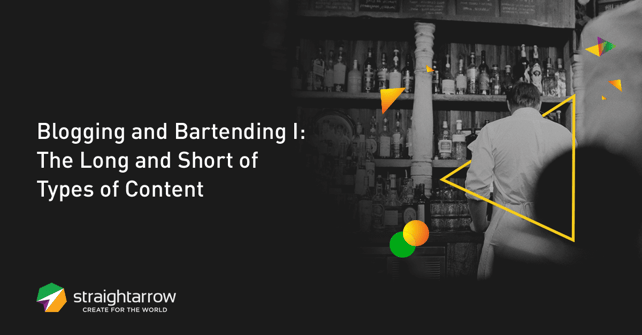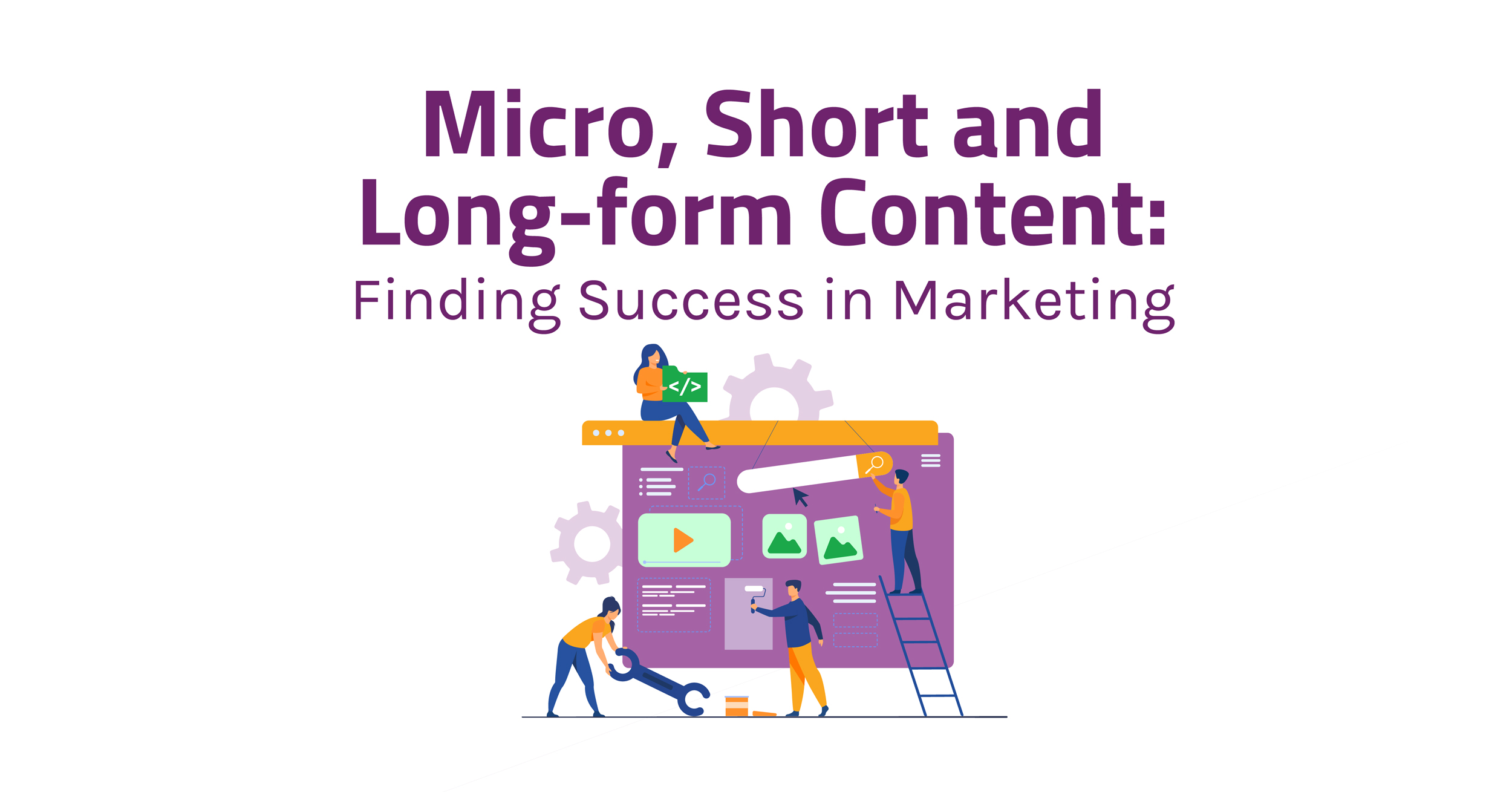
The first tumblers were named as such for their rounded bottoms, which kept people from setting them down until they’d finished their drink. But search Google for “tumbler” and it will ask if you perhaps meant Tumblr, a popular microblogging platform.
The two might seem unrelated beyond their spelling, but there’s an analogy to be found here about short blog entries that can be finished in one go, much like the contents of a 17th-century tumbler.
You can take it further. Just as tumblers are now flat-bottomed glasses for cocktails, shots, and liqueurs, the blogging that Tumblr was built for involves diverse media, including text, video, and even metatext—if you’re not reading the hashtags, you’re often missing half the post. And from this comparison of bartending and blogging, we might draw some insights about web content, especially in the context of digital marketing.
Fluid Definitions
Exactly what the “content” in “content marketing” means is hard to pin down. According to John Collins of Intercom, the term persists only “for want of a better catchall phrase for the articles, books, podcasts, talks and presentations we create.” Other writers have questioned these terms, as well: after all, doesn’t all marketing involve content?
It may be better, however, to accept this fluidity in the definition of content. Furthermore, the implication in the term—that there is something that must contain it—fits with content marketing, as well. Just as a drink takes the shape of its glass, so does content match its medium. What completes this analogy is that the influence goes both ways: the qualities of a drink influence the kind of vessel that should be used to serve it. You wouldn’t serve whiskey in a flute.
Thinking of it this way, it is possible to distinguish different ways of serving content, so to speak, and separate these from the substance of the content itself. Understanding the effects of each form or category can guide the way you create individual pieces, as well as your content strategy on the whole.
The Shape of Its Container
Established types of content, such as blog posts, podcasts, and vlogs, are useful for talking about the ways content is most often published to the web, but problems arise when such forms are listed alongside whitepapers and case studies. The first list is concerned with form; the second list, with substance. You could deliver a case study through video as well as you could in prose.
It’s important to make this distinction before any others because it’s difficult to come up with a clear strategy when you mix up matters of form and substance. You could say “let’s have videos that direct users to case studies afterward,” and this would tell you neither what your videos would be about, nor how your case studies would be published.
As much as it pays to be familiar with established forms, it’s also good to be able to break down the different ways content can be categorized, such as by media, accessibility, channel of distribution, or even something as simple as length. When you learn to pay attention to these distinctions and work with them, your content strategies can become more focused or more versatile as you see fit.
The Long and Short of It
There is much ado in the marketing world about content length, which isn’t too surprising given how most people polished their writing skills with term papers of so-and-so words or more. Where web content is concerned, distinctions are mainly made between long-form and short-form content.
The term “long-form content” is about as ambiguous as content itself, with little consensus on how long a piece has to be to merit the label. Some set the bar just upward of 1000 words, while others have it at 3000 or more. Short-form, meanwhile, is effectively anything not verbose enough to be called long-form.
Supporters of long-form content claim that its in-depth approach to its material is more rewarding for readers. This makes it more likely to be shared, linked to and, consequently, ranked high in search results. Detractors, meanwhile, say that long-form content demands too much of an audience short on time and attention.
One detailed analysis of the optimal post length was carried out by content publishing platform Medium, who tracked time reading instead of words written. What they found was that posts around seven minutes fared best, according to page views and the duration of visits. Their conclusion, however, is not that seven minutes is a panacea to poor reception. Instead, they assert that posts should be written as long or short as they need to be; attention span is less a factor than most people think.
In fact, most businesses will benefit from creating content of different lengths. Long-form and short-form content are suited to different purposes, after all. In-depth discussions and complex explanations require the space that long-form affords. Meanwhile, answers to common, but simple questions are best handled in short form, so readers can get what they need and go—and, if you’re doing it right, come back later on for more answers.
In the next part of this blog series, we’ll be discussing how to categorize and work with content according to access, distribution, and amplification. Be sure not to miss it—subscribe to our blog!










Comments